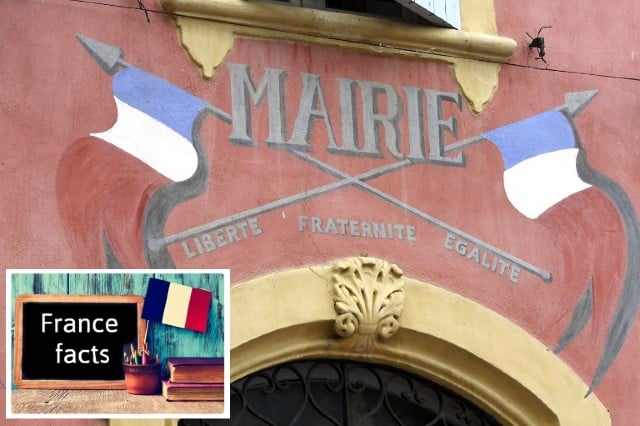This isn't an administrative oversight, but rather a deliberate decision to create a memorial to villages destroyed in World War I.
All six towns are in north east France along the Verdun river and were all destroyed in the Meuse-Argonne Offensive of 1918, although most civilians had fled the area long before as fighting raged.
After the war it was judged too difficult to rebuild as the land was still littered with high explosives, not to mention the hastily buried bodies of the soldiers who had died during the fighting.
So the townspeople never returned, but the places themselves – Beaumont-en-Verdunois, Bezonvaux, Cumières-le-Mort-Homme, Fleury-devant-Douaumont, Haumont-près-Samogneux and Louvemont-Côte-du-Poivre – were preserved in their ruins as memorials and can still be visited.
Rather than being voted in, the six mayors are appointed by the préfecture and their role involves preserving the site, upkeep and maintenance of the grounds and the identification and reburial of the bodies of any soldiers – from either side – that are discovered.
France's other 'memorial village' is Oradour-sur-Glane down in south west France.
This thriving community was home to around 600 people until in 1944 a squadron of SS soldiers massacred all the inhabitants and set the place on fire.
After the war, President Charles de Gaulle ordered the village to be left as it was to serve as a permanent memorial and today you can go and visit the ruined houses and find out what happened in the nearby visitor's centre.
It does not have a mayor, but a new village was built close by for anyone from the local area who survived and who wanted to return.



 Please whitelist us to continue reading.
Please whitelist us to continue reading.
Member comments